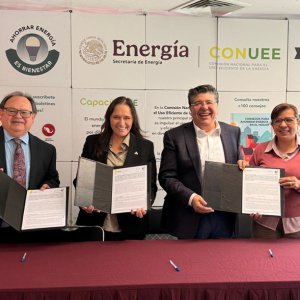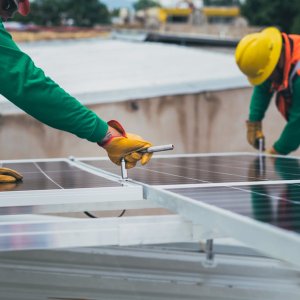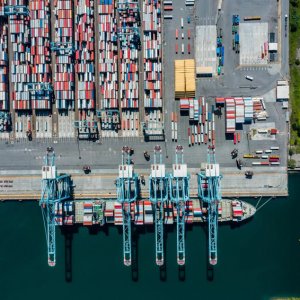What is Flexible Power?

STORY INLINE POST
There has been a special emphasis on the need for flexible power in Mexico and worldwide during the last few years. The rapid growth of renewable energy across the globe has transformed power systems. Renewables bring significant benefits like cheaper energy and reduction of emissions for the decarbonization of the planet. However, the intermittency of renewable power has stressed power systems. Therefore, the operators of a power system need to take additional measures to avoid blackouts and ensure the stability of the power grid. The viable solution to this problem is Flexible Power. However, there has been significant confusion over the term Flexible Power and what technologies can be effective to provide main services for the stability of a power system. In this article, I discuss the definition of Flexible Power from the supply angle.
The International Energy Agency has defined flexibility of a power system as "the extent to which a power system can modify electricity production or consumption in response to variability, expected or otherwise." It is a good definition; however, we need to explore the meaning more deeply on the supply side.
As I have heard in several forums and information exchanges in the industry, there are various and differing views on how people understand Flexible Power supply. There is no common ground. People see it differently. I would like to provide some more basics on which to define Flexible Power supply to improve the reliability of the power system, and then analyze technologies that are more effective for that purpose.
We can see the extent of Power Flexibility supply on two axes:
- Operational FlexibilityIn this axis, we can understand how the power supply systems can provide specific operational capabilities, such as:
- Partial loads - this is the capability that the systems can provide 30 percent, 50 percent, 70 percent or 100 percent of the total load while keeping a similar efficiency and in a relatively swift manner. Power plants with multiple generation units are perfect for providing partial loads with high efficiency. These generation units can operate independently from each other. At the power plant level, it results in high-efficiency partial load when a portion of these units are operational. Reciprocating engines, reservoir hydroelectric power plants, and battery energy storage systems score high in this section.
- Power availability – this is the power plant's capability to start at any given time and run for as long as needed. Reciprocating engines and aeroderivative turbines score high in this category, especially with continuous fuel supply. On the other hand, reservoir hydroelectric power plants depend on water levels and battery storage systems rely on the amount of energy stored to operate.
- Costs of starts and stops – this is the capability to start and stop the supply of energy without incurring high additional costs. Reciprocating engines, reservoir hydroelectric power plants, and battery energy storage systems score high in this section.
- Flexibility Readiness is the capability to start and stop power supply at an exceedingly high speed. In this category, battery energy storage systems scope the highest as their response can be in a matter of seconds or fractions of seconds to provide power. But equally significant is how fast the reciprocating engines can also start and stop in a matter of two to five minutes.
Below is a chart summarizing this discussion and looking at the power supply systems in these two axes.

As seen in the chart above, Flexible Power supply systems, as of today, are primarily based on reciprocating internal combustion engines, battery energy storage systems, and reservoir hydroelectric plants. Every system has its advantages and disadvantages. Therefore, a combination of Flexible Power sources can also complement each other to diminish their disadvantages.
Flexible Power assets can produce exciting results for the power grid. These systems can allow for the integration of intermittent power reliably cost-effectively. Also, they provide sources for coping with variability in the supply and demand for better power systems. The future power systems will evolve to manage variability much better and increase reliability and robustness. Also, we will have more cheap renewable energy, lowering the overall cost of electricity and reducing emissions significantly. The future looks bright with more Flexible Power and more renewable energy.
























